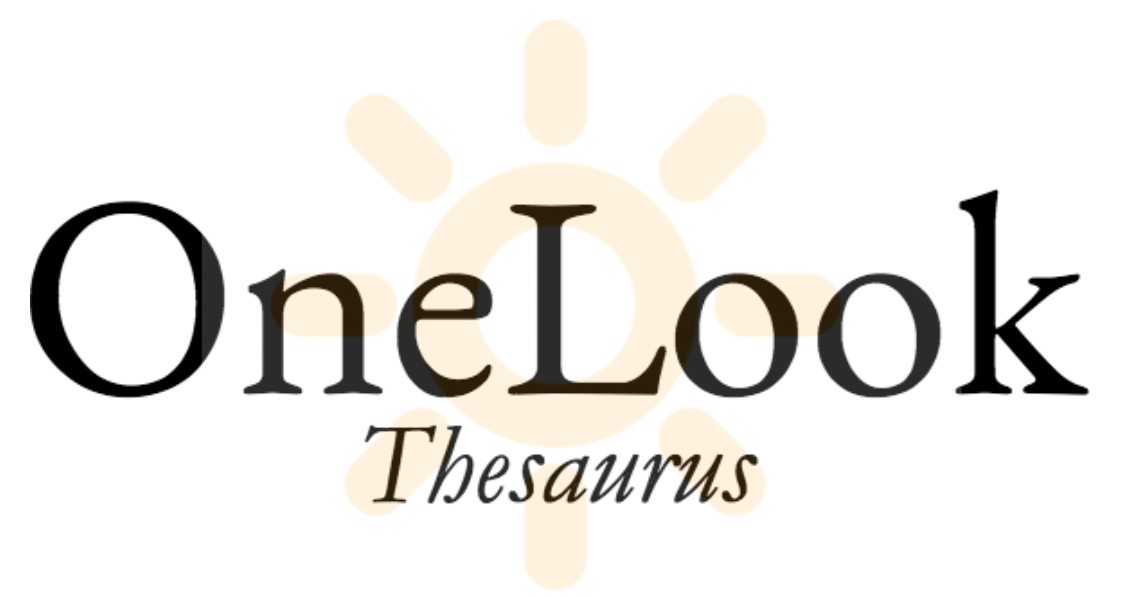Unless you have a specific reason that deems otherwise, your domain name will likely be the same as your business name, so this post addresses the domain name in this context.
A common mistake is to use a name that you are emotionally attached to, without considering how it will be perceived by your target market.
A domain name has two purposes:
✅ An address for your website*
✅ An address for your email
*Domain names can be pointed to any address on the Internet. For example, you could point a domain to a social media profile if you didn't need a website.
My domain name is graemetidd.co.uk and I also use this as an email address, using info@ as a prefix (anything can be used as a prefix for an email address).
The importance of the domain name
Your domain name will influence how people respond to you online and offline. This should not be overlooked and its importance not underestimated.
How important your name is depends on several factors, such as your target market profile and marketing strategy. As such, the relevance of importance depends entirely on your business model.
A name should be:
✅ Short (preferably 15 characters or less**), and therefore:
✅ Easy to communicate, and therefore:
✅ Easy to remember, and therefore:
✅ Memorable
**The X platform has a username limit of 15 characters.
Your name should typically evoke a sense of what your brand represents, both upon hearing and reading the name, conveying trust and authority, and connecting with what your business does - on some level. This is not always possible, such as when using your own name - but by using your own name, you naturally create a sense of personal connection, which may be your intention.
Name styles
The exact match domain (EMD)
EMDs are incredibly rare and it is unlikely you will secure one as a result.
An example of an EMD is webdesign.com; the name matches the search intent in its entirety.
EMDs are good for increasing click-through rates when discovered in search results, but do not guarantee being ranked by Google.
EMDs cannot be trademarked as they are not distinct. That said, nobody else can trademark them either.
Because they are not brandable, EMDs are usually parked (not in use).
The partial match domain
Probably the most common type of name, such as gtdesign.com - 'design' acts as an explainer.
This type of name can provide more options regarding choice but also runs a higher risk of being overly similar to that of a competitor and infringing on an existing trademark.
These names can also appear to lack inspiration. The explainer word can also dilute a sense of authority.
The random name
A random name that does not relate to your business can be distinct, short and memorable.
However, without any reference or hint to what your business is, click-through rates to your website may be low (this may or may not be important to you). This can also be symptomatic of potential customers not trusting your brand, or a perception of low quality as expectations are not met.
Random names can work incredibly well, such as Apple, Coca-Cola and Starbucks. However, these companies have access to vast marketing budgets.
The hint name
A name that hints at what your business does can have the benefits of being distinct, short and memorable, in addition to instilling an element of trust and quality as expectations relating to search intent are met.
These names tend to be more brandable and often take significant amounts of time and energy to create, but can be well worth it.
Examples of hint names are PlayStation, Fitbit and Snapchat.
Your name
You always have your name. Unless somebody else does, too - that could be an issue.
A personal name can evoke a strong sense of trust and transparency - one reason so many artists use their own name. The spelling of your name could be problematic if it is not easy to communicate.
How to buy a domain name
You don't buy domain names outright - you rent them for a minimum of one year.
If you renew a domain name before it expires you will always maintain ownership.
I recommend using GoDaddy because they have multi-layered security and a feature-rich dashboard.
co.uk or .com?
I recommend buying both.
If you are only trading in the UK, using a co.uk domain is generally advised.
If you are trading outside of the UK, a .com is generally advised.
Regardless of your intentions, buying both co.uk and .com domains protects your intellectual property, preventing anybody else from using the name name. It also futureproofs your IP - you may decide to switch in the future.
.com is generally regarded as holding more authority, largely because they are global and much rarer than other TLDs (Top-Level Domains). However, this alone is not a reason to use a .com.
There are so many other TLDs available (such as .io, .film etc.) and to some extent, .com is losing its importance. But right now, .com holds a lot of credibility.
Social media handles
As with domain names, you should consider your target market in the context of the social media handles you choose.
Avoiding underscores and periods can make a name appear more professional and easier to remember.
Ideally, matching your social media handles to your domain name creates brand consistency.
The 5 steps I take when choosing a name
These steps focus on securing a name across multiple channels to protect brand usability and intellectual property (IP).
Identifying words
I use the following to help me identify interesting and relevant words:



Think distinct. If a name is distinct it is more likely to pass a trademark application, be memorable and appear higher in search engine results (due to less competition). Looking for short words that are easy to convey and understand but not particularly common may help (for example, fuss and jot).
The 5 steps
Step 1 (click here for more)
Check domain name availability.
I use GoDaddy to check for both .co.uk and .com availability.
If your name is available and a social media presence is important to you, don't buy your domains just yet - follow steps 2 and 3.
Step 2 (click for more)
Check that your name has not already been trademarked - click here.
Step 3 (click for more)
Create an Instagram account with your phone, using any username.
💡 You cannot see name availability when you create your first account without entering your details first and changing the username of an existing account is not a clean process (as users will be able to see your username history), hence this guidance:
Go to settings and add a new second account. This shows a box that allows you to create a username. Type in the name you want. If it's available, a green tick will appear. If a red cross appears, rethink.
The reason to check name availability in the Instagram app is that checking availability via a URL (instagram.com/yourname) is a less reliable indication of availability.
If the name is available, don't secure the account just yet. Move to Step 3.
💡 Why Instagram? Instagram is one of the largest social media networks and one you may want to use. Even if you don't if you don't have an Instagram handle that represents your name, this could be problematic from an intellectual property (IP) perspective. This principle applies to all major social media platforms but entirely depends on your expectations and how much effort you want to invest in future-proofing your IP.
Step 4 (click for more)
Check TikTok, Facebook and X (and more) for name availability.
For these platforms, I check availability using the URL (such as facebook.com/yourname).
Check any other relevant platforms for name availability, such as:
👀 Pinterest
👀 Snapchat
👀 Tumblr
👀 Reddit
👀 WordPress
👀 Etsy
Remember that this is about protecting and futureproofing your IP, so secure these platforms even if you don't think you will use them.
Step 5 (click for more)
✅ Buy your domains and secure your social media handles.
✅ Use a secure, permanent email address that only you have access to.
✅ Use a separate password for each account.
✅ Use a complex password generated by a password manager:
✅ Use a password manager to store all passwords securely, such as Roboform.
✅ Activate 2-factor authentication on accounts that offer it.


